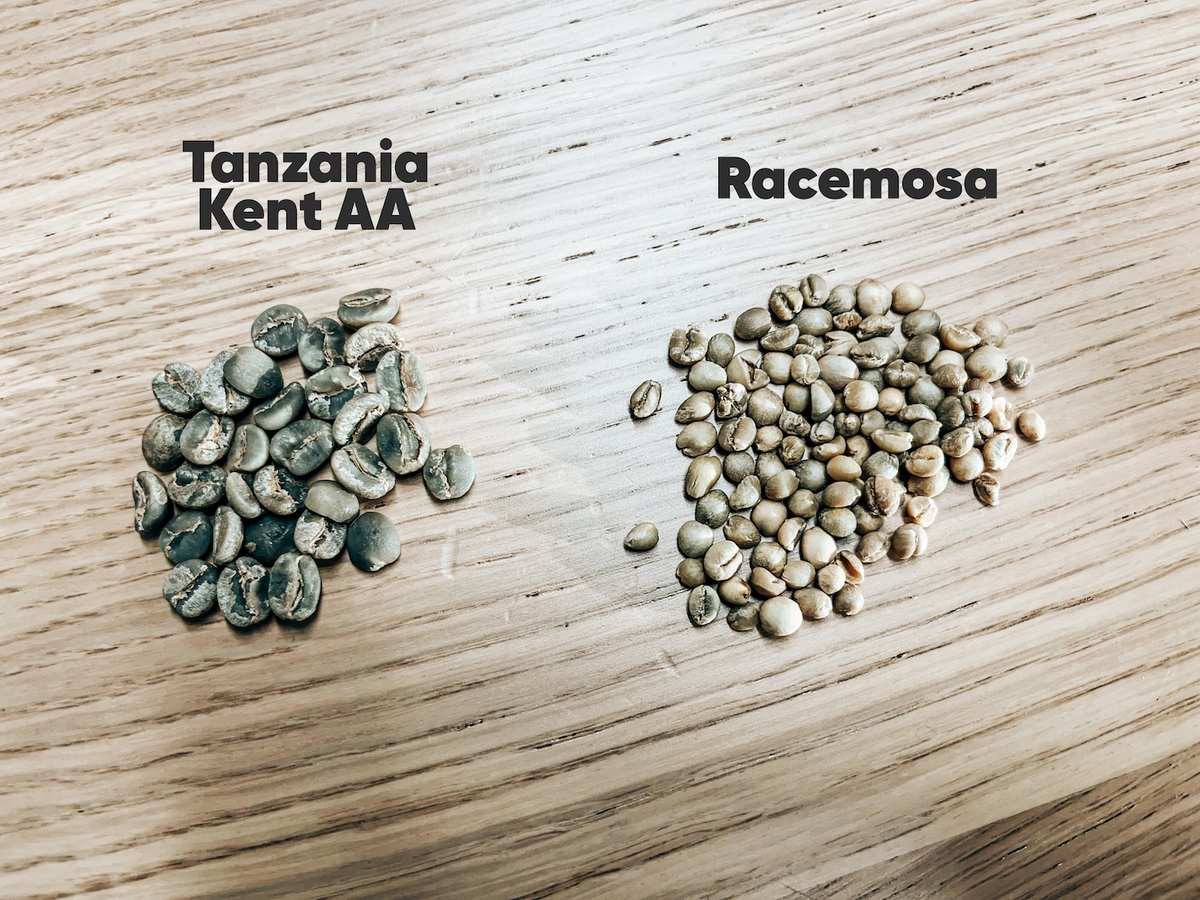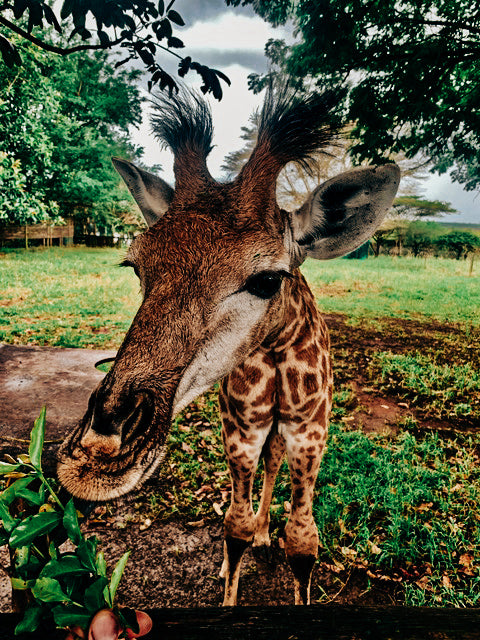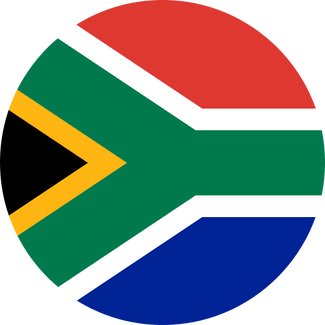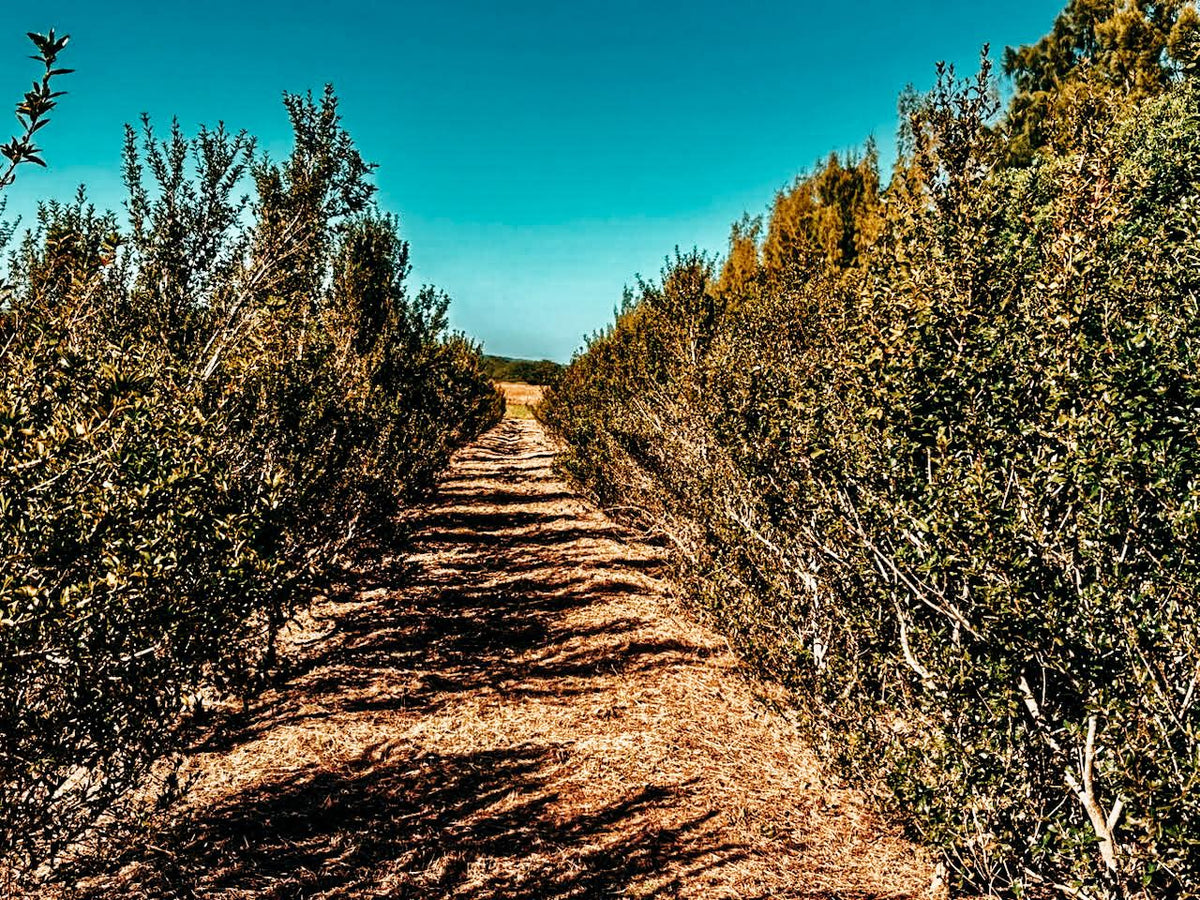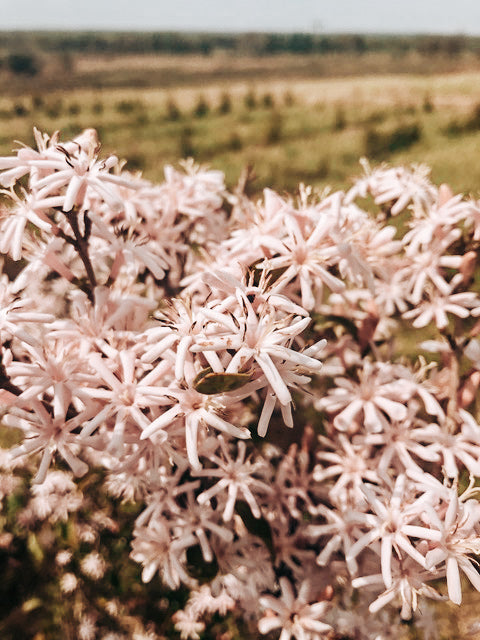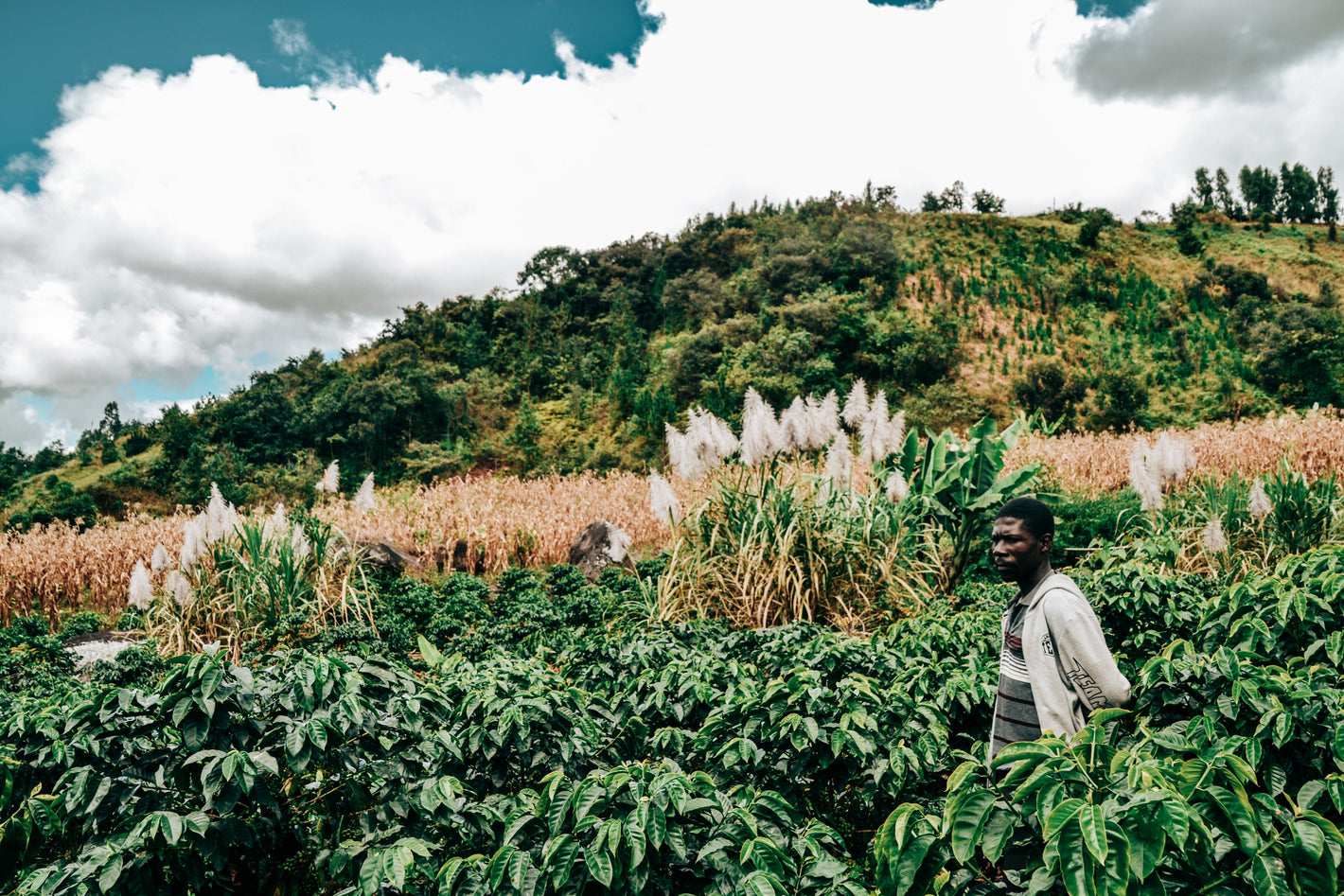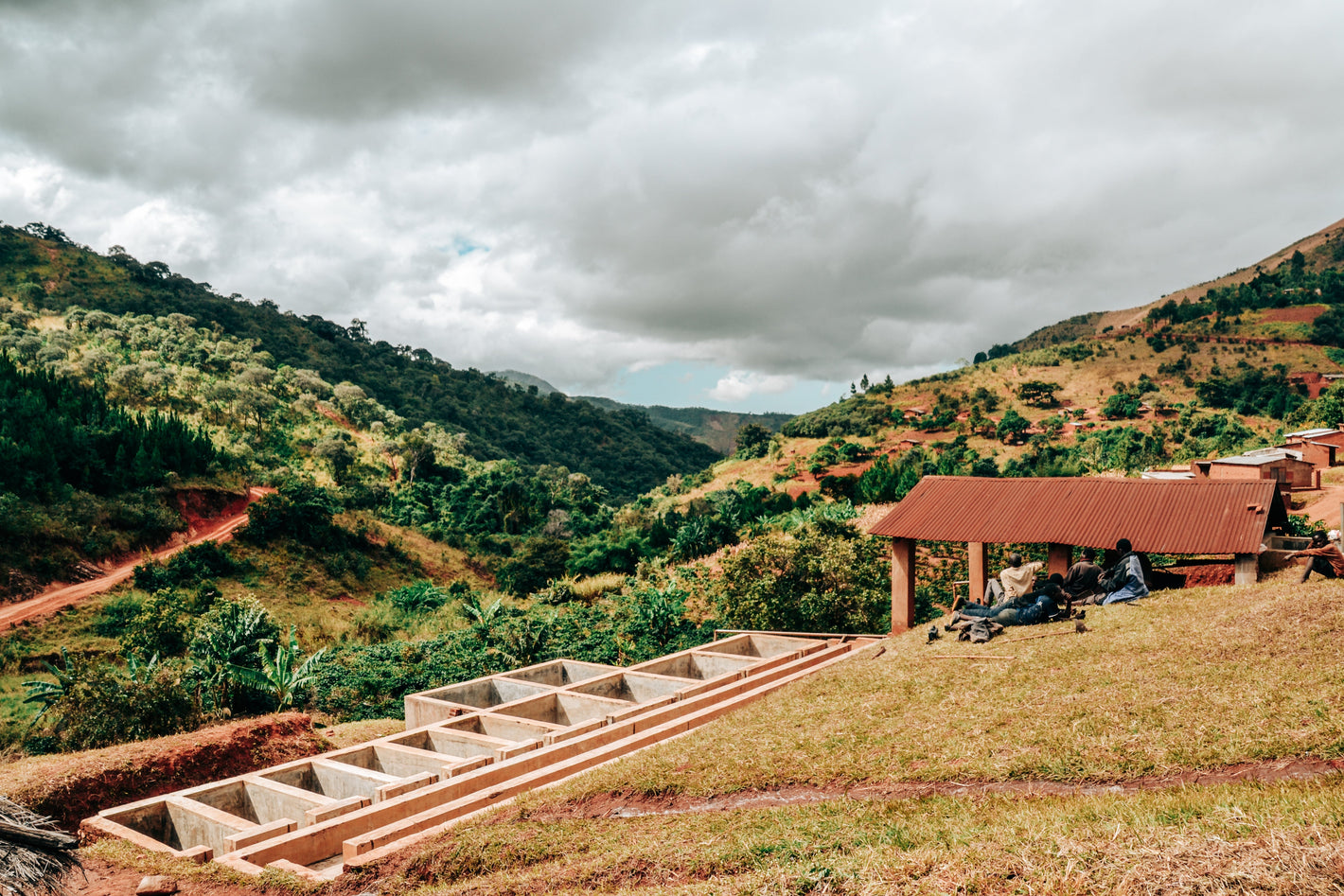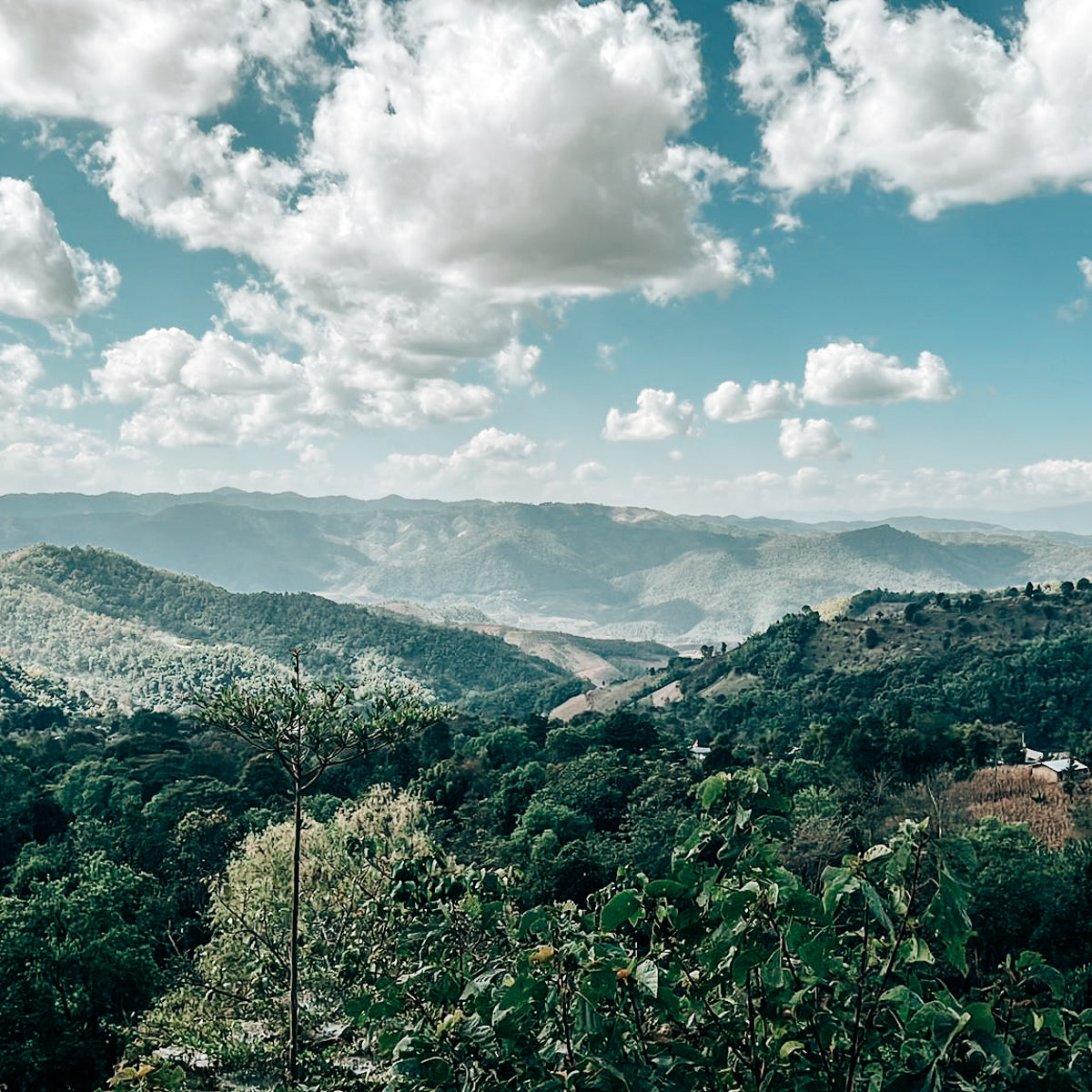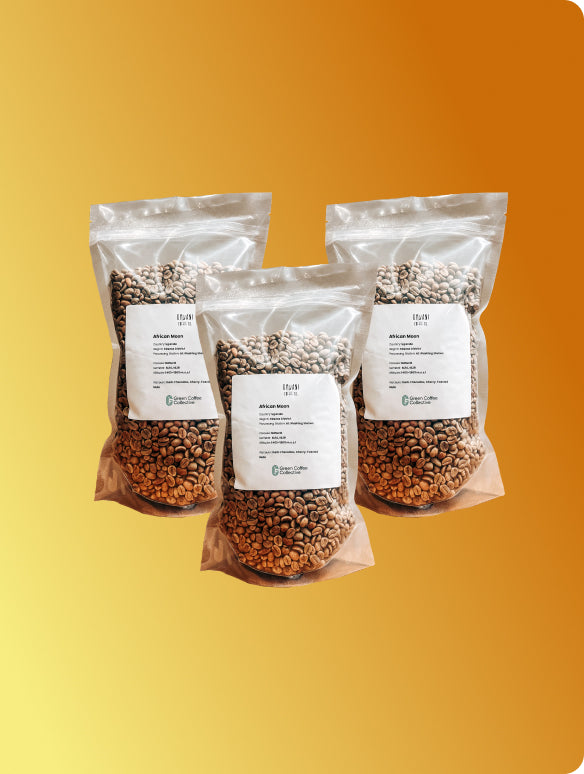
South Africa Green Coffee Beans
South African coffee is produced on a very small scale, mostly in regions just outside the traditional coffee belt. Lower-altitude growing conditions, coastal climates and rich soils create flavour profiles that differ from the high-elevation coffees more commonly associated with specialty production. South Africa is also home to Coffea racemosa, a rare naturally low-caffeine, drought-resistant species that grows wild along parts of the eastern coast. Most of the coffee grown in the country is consumed locally, which makes South African coffee a rarity internationally.
-
Explorer - Rolling Green Bean Subscription
Processing methodVarietalMultipleMain flavour notesVaries from each coffee -
Natural Racemosa
Cupping Score87.75Processing methodVarietalHeirloom wild geneticsMain flavour notesSage | Mint | Lavender | Pistachio | Tropical Fruit | SyrupyLow Stock
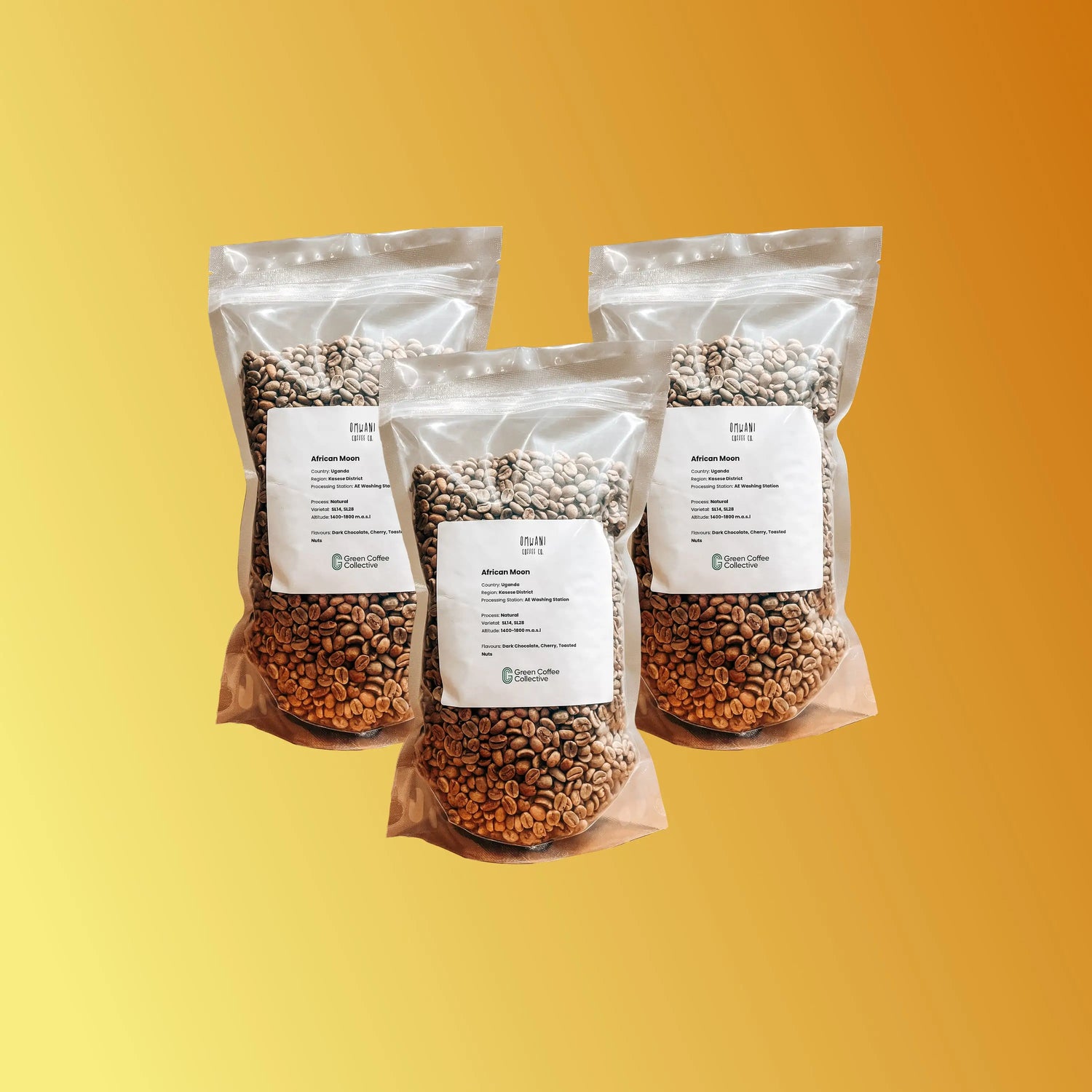
Your guide to South Africa Green Coffee Beans
-
What is special about South African coffee?
-
Where is coffee grown in South Africa?
-
How did coffee production develop in South Africa?
-
What types of coffee are grown in South Africa?
-
How does growing outside the traditional coffee belt shape flavour?
-
How much coffee does South Africa produce?
